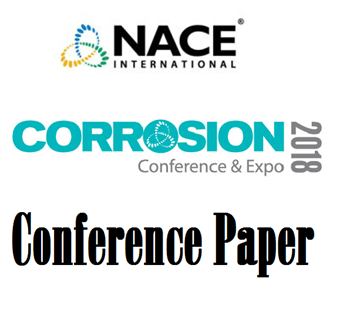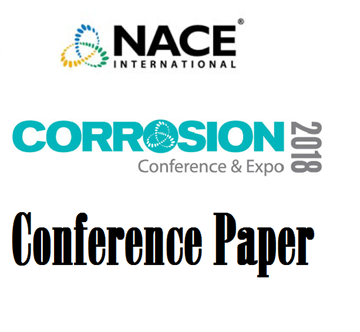Search
51318-10637-Wear Modelling of Dense Slurry Flow in Oil Sands Coarse Tailings (CT) Pipelines
Also Purchased
51318-10632-Pitting corrosion on high-Mn steel alloyed with Ni and Cr in low H2S high CO2 high temperature and high Cl- environment
Product Number:
51318-10632-SG
Publication Date:
2018
$20.00
51318-10650-Effect of heat treatment on mechanical properties and corrosion resistance of Nickel Alloy UNS N0771
Product Number:
51318-10650-SG
Publication Date:
2018
$20.00
51318-10653-Corrosion performance of Cold Sprayed Tantalum Coatings
Product Number:
51318-10653-SG
Publication Date:
2018
$20.00




